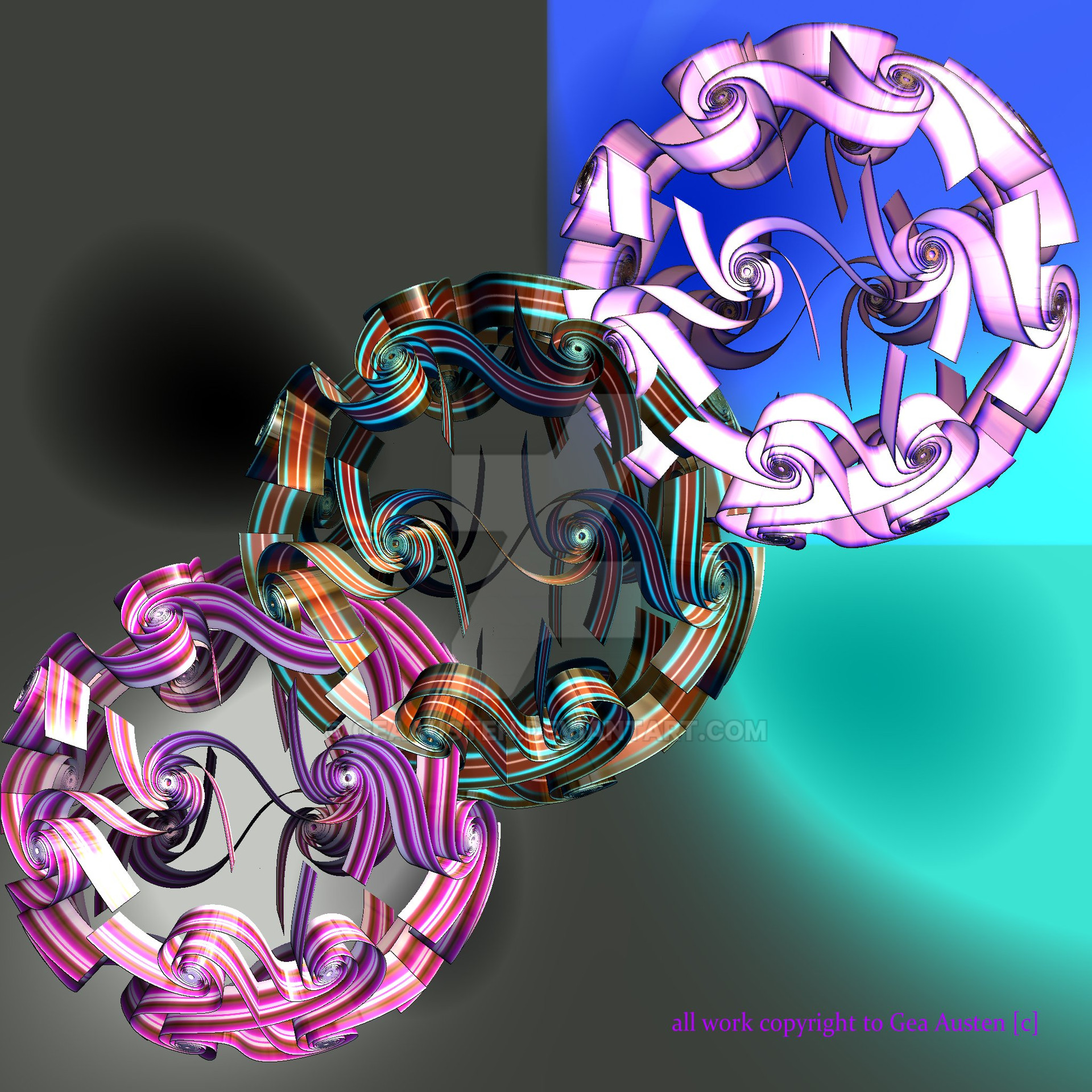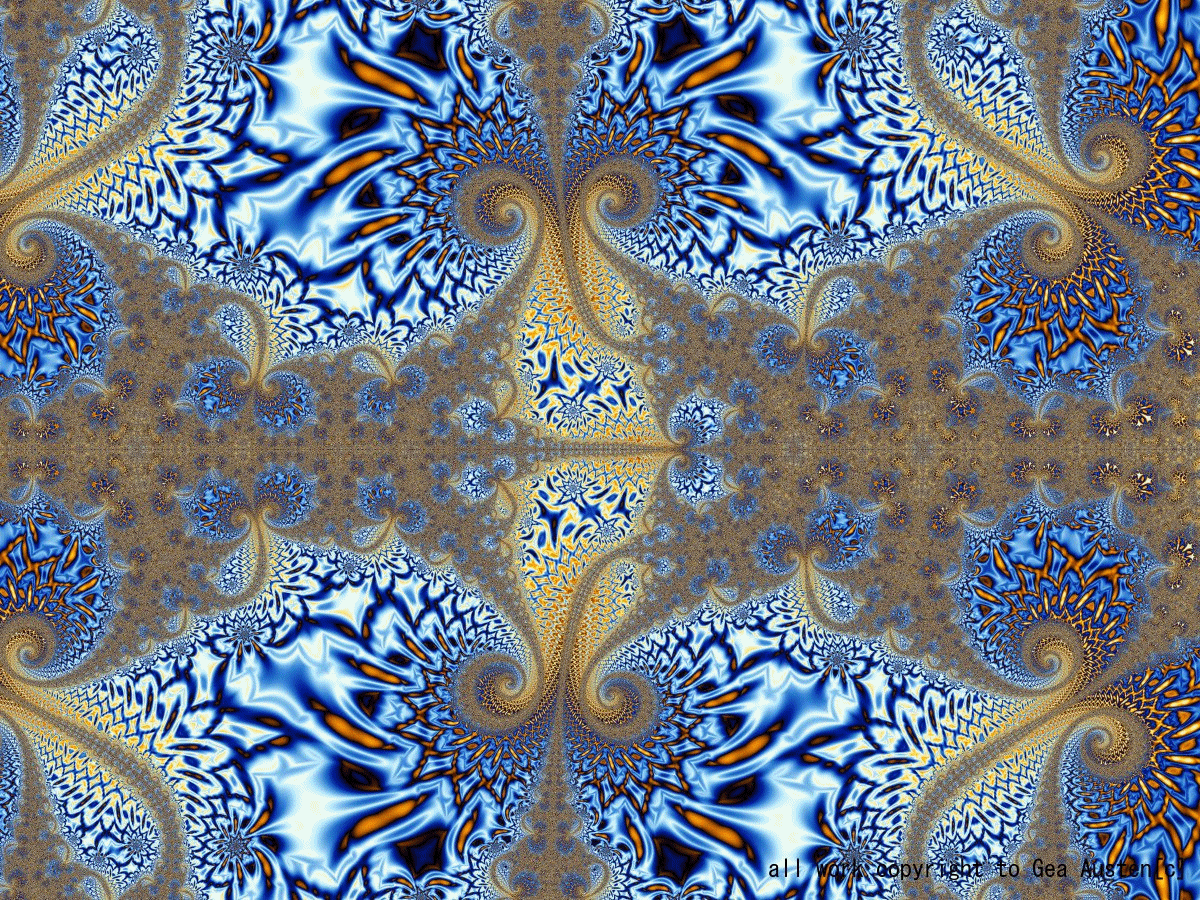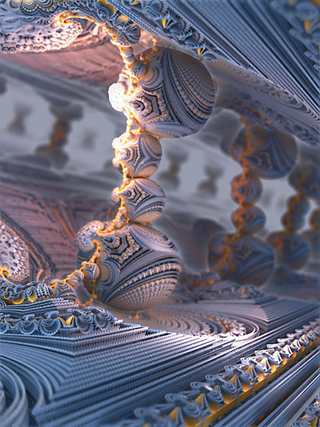HOME | DD
 GeaAusten — Cubiste
GeaAusten — Cubiste

#colourful #cubism #cubist #fractal #incendia #spirals
Published: 2019-06-13 14:39:32 +0000 UTC; Views: 655; Favourites: 21; Downloads: 0
Redirect to original
Description
finally worked out something I'd been trying to find !!
Cubism is like standing at a certain point on a mountain and looking around. If you go higher, things will look different; if you go lower, again they will look different. It is a point of view."
SUMMARY OF CUBISM
Cubism developed in the aftermath of Pablo Picasso's shocking 1907 Les Demoiselles d'Avignon in a period of rapid experimentation between Pablo Picasso and Georges Braque . Drawing upon Paul Cezanne’s emphasis on the underlying architecture of form, these artists used multiple vantage points to fracture images into geometric forms. Rather than modelled forms in an illusionistic space, figures were depicted as dynamic arrangements of volumes and planes where background and foreground merged. The movement was one of the most groundbreaking of the early-20th century as it challenged Renaissance depictions of space, leading almost directly to experiments with non-representation by many different artists. Artists working in the Cubist style went on to incorporate elements of collage and popular culture into their paintings and to experiment with sculpture.
A number of artists adopted Picasso and Braque's geometric faceting of objects and space including Fernand Léger and Juan Gris , along with others that formed a group known as the Salon Cubists .
KEY IDEAS
The artists abandoned perspective, which had been used to depict space since the Renaissance, and they also turned away from the realistic modeling of figures.
Cubists explored open form, piercing figures and objects by letting the space flow through them, blending background into foreground, and showing objects from various angles. Some historians have argued that these innovations represent a response to the changing experience of space, movement, and time in the modern world. This first phase of the movement was called Analytic Cubism.
In the second phase of Cubism, Synthetic Cubists explored the use of non-art materials as abstract signs. Their use of newspaper would lead later historians to argue that, instead of being concerned above all with form, the artists were also acutely aware of current events, particularly WWI.
Cubism paved the way for non-representational art by putting new emphasis on the unity between a depicted scene and the surface of the canvas. These experiments would be taken up by the likes of Piet Mondrian , who continued to explore their use of the grid, abstract system of signs, and shallow space.
~~~~~~~~~~~~
Cubism was a truly revolutionary style of modern art developed by Pablo Picasso and Georges Braques. It was the first style of abstract art which evolved at the beginning of the 20th century in response to a world that was changing with unprecedented speed. Cubism was an attempt by artists to revitalise the tired traditions of Western art which they believed had run their course. The Cubists challenged conventional forms of representation, such as perspective, which had been the rule since the Italian Renaissance . Their aim was to develop a new way of seeing which reflected the modern age.
In the four decades from 1870-1910, western society witnessed more technological progress than in the previous four centuries. During this period, inventions such as photography, cinematography, sound recording, the telephone, the automobile and the airplane heralded the dawn of a new age. The problem for artists at this time was how to reflect the modernity of the era using the tired and trusted traditions that had served art for the last four centuries. Photography had begun to replace painting as the tool for documenting the age and for artists to sit illustrating cars, planes and images of the new technologies was not exactly rising to the challenge. Artists needed a more radical approach - a 'new way of seeing' that expanded the possibilities of art in the same way that technology was extending the boundaries of communication and travel. This new way of seeing was called Cubism - the first abstract style of modern art. Picasso and Braque developed their ideas on Cubism around 1907 in Paris and their starting point was a common interest in the later paintings of Paul Cézanne .
Incendia
Related content
Comments: 9

thankyou Peter,, I loved this sentence " Cubism is like standing at a certain point on a mountain and looking around. If you go higher, things will look different; if you go lower, again they will look different. It is a point of view " xx
👍: 0 ⏩: 0






























